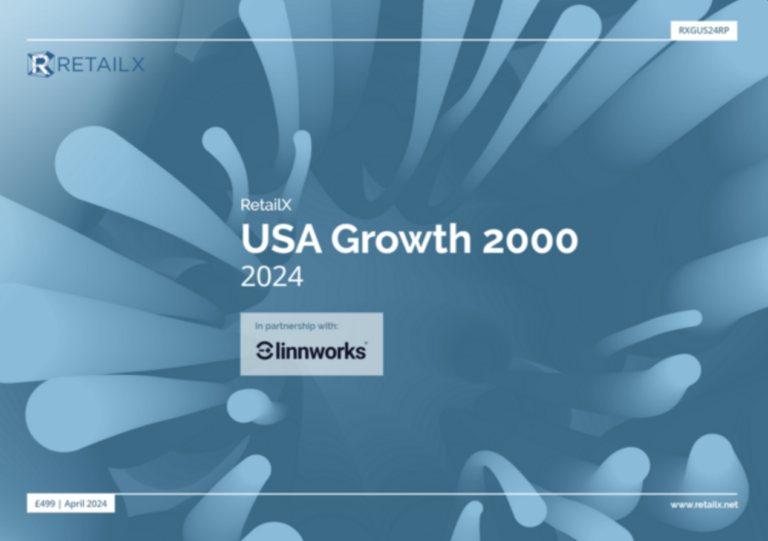Fashion retailers worried that Amazon is going to eat their lunch can take heart – the marketplace site just isn’t fashionable.
While research from eMarketer finds that fashion sales accrued $90.49 billion in 2017, with ecommerce sales representing about 89% of this revenue. This year, consumers are expected to spend even more online, but 2018 shoppers aren’t dumping brick and mortar any time soon – and they certainly aren’t going to Amazon. Yet.
A separate study inspired by eMarketer’s research by Astound Commerce that looked at the current preferences and purchasing behaviours in-store and online among 1000 US shoppers makes some surprising discoveries.
According to the A Window into the Fashion Shopper’s World report from the company, Amazon gains ground, but isn’t trendy yet. The majority of shoppers make fashion purchases at Amazon for convenience, but only one in four shoppers rank Amazon as highly fashionable. Over half of respondents make Amazon purchases for low price and delivery speed, but only 26% care to browse Amazon’s private label fashion products.
Interestingly, bricks and mortar stores are still the top driver of purchasing in fashion. Physical space establishes a strong connection between product and brand, says the report, with 77% of millennials saying store quality made them consider a purchase and digital retailers are expanding beyond URLs.
Some 48% of shoppers visit new storefronts that initially launched online, such as Warby Parker and Fabletics, while 49% frequent inventory showrooms like Bonobos, which does not offer the ability to take products home.
New channels such voice are poised to overtake desktop spending, with 73% of shoppers use their smartphones to shop, but mobile isn’t the only platform getting bigger. In fact, 47% of consumers use voice technology to browse products, and 37% plan to use it to make fashion purchases.
Social responsibility matters to almost all consumers: 80% of consumers think about brand sustainability efforts when shopping for products. Celebrity connected campaigns ranked last among variables that shoppers cared about.
“New retail formats and channels are spurring huge changes in the market, and have already caused brands and manufacturers to completely rethink their strategies. The combination of digital and brick and mortar has been a dynamic force in the industry, and given rise to a host of new business models,” says Igor Gorin, CEO of Astound Commerce. “Younger consumers are behind many of these digital shifts, as they flock to new channels and disruptive companies, placing a huge amount of pressure on traditional players to adapt and innovate to stay competitive.”
“If we understand how consumers shop, we can adjust to their needs,” furthers Gorin. “Technology offers a massive opportunity for retailers to optimize the customer experience, but without a detailed understanding of their target market preferences, it can be difficult to decide where to invest time and resources. Providing a seamless shopping experience across every channel is an expectation among fashion shoppers, and is key to maintaining an edge over the competition, and more importantly, Amazon.”









